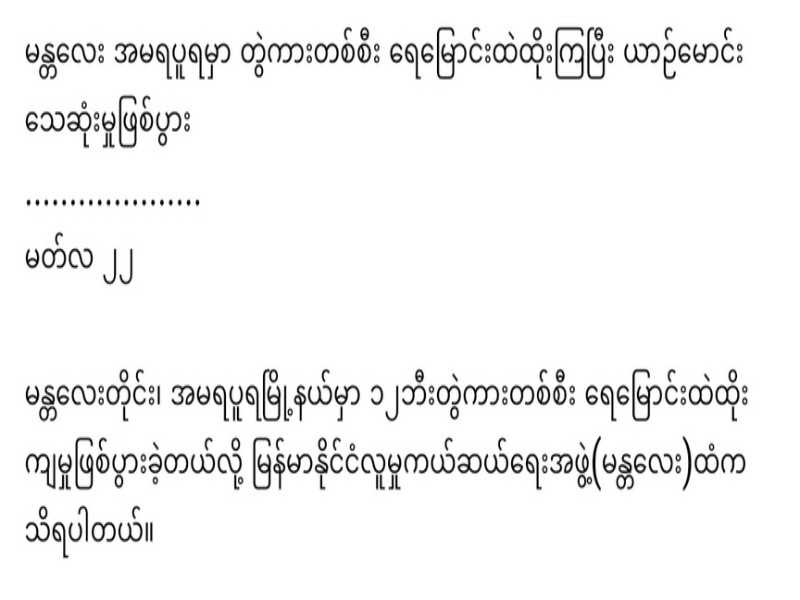
Life Insurance Introduction
Choosing the right life insurance policy is a crucial decision that requires understanding the differences, especially when it comes to term and whole life insurance. This analysis aims to dissect the cost elements of both, providing clarity to those navigating this important choice.
What is Life Insurance?
Life insurance is a contract between an insurer and a policyholder, where the insurer guarantees payment of a death benefit to named beneficiaries upon the death of the insured.
Understanding Term Life Insurance
Term life insurance is temporary, providing coverage for a specified period. It’s designed to offer financial protection for your beneficiaries in the event of your untimely death during the term.
Benefits of Term Life Insurance
- Cost-Effective: Generally, term life offers lower premiums compared to whole life insurance.
- Flexibility: You can choose the term length that best fits your needs.
- Simplicity: These policies are straightforward, without the complexity of an investment component.
Limitations of Term Life Insurance
- Temporary Coverage: Once the term expires, so does the coverage unless you renew, often at a higher rate.
- No Cash Value: Unlike whole life, there’s no investment component or cash value accumulation.
Understanding Whole Life Insurance
Whole life insurance provides lifelong coverage and includes an investment component known as the policy’s cash value.
Benefits of Whole Life Insurance
- Lifelong Coverage: As long as premiums are paid, coverage lasts a lifetime.
- Cash Value: Part of the premium contributes to a cash value, which can grow over time and be borrowed against.
Limitations of Whole Life Insurance
- Higher Cost: The premiums are significantly higher than term life insurance.
- Complexity: The cash value component adds complexity to the policy.
Cost Analysis: Term vs Whole Life Insurance
Comparing the costs between term and whole life insurance involves understanding premiums, cash value, and how these factors align with your financial goals.
Factors Influencing Life Insurance Costs
- Age and Health: Younger, healthier individuals typically receive lower rates.
- Lifestyle: Habits like smoking can increase premiums.
- Coverage Amount: Higher coverage amounts lead to higher premiums.
Case Studies: Cost Comparisons
Illustrative examples can demonstrate how premiums vary significantly between term and whole life policies, often with whole life being more expensive but offering additional benefits like cash value accumulation.
Making the Right Choice for Your Needs
Deciding between term and whole life insurance depends on your financial situation, goals, and needs for coverage.
How to Choose Between Term and Whole
Consider your financial objectives, the need for lifelong coverage, and the importance of a cash value component in making your decision.
Tips for Buying Life Insurance
- Assess Your Needs: Evaluate your financial situation and coverage needs.
- Compare Quotes: Shop around and compare policies from different insurers.
- Understand Policy Details: Pay attention to the specifics of each policy, including exclusions and benefits.
- Consider Future Financial Goals: Think about how your insurance needs may change over time.
- Seek Professional Advice: Consulting with a financial advisor can provide personalized insights.
Conclusion
Navigating the complexities of term versus whole life insurance requires a deep understanding of each policy’s benefits and drawbacks, particularly in terms of cost. While term life insurance offers a cost-effective solution for temporary coverage needs, whole life insurance provides lifelong coverage with the added benefit of cash value accumulation. Your choice should align with your financial goals, coverage needs, and the legacy you wish to leave behind. Remember, the best policy is one that provides peace of mind, ensuring that your loved ones are financially protected in your absence.
FAQs
- Which is more expensive, term or whole life insurance? Whole life insurance typically has higher premiums than term life insurance due to its lifelong coverage and cash value component.
- Can I convert my term life insurance to whole life insurance? Many term life policies offer the option to convert to a whole life policy within a specified period, without requiring additional medical exams.
- Does whole life insurance really build cash value? Yes, part of the premium payments for whole life insurance contributes to a cash value, which can grow over time and be used as a financial resource.
- What happens if I outlive my term life insurance policy? If you outlive your term life insurance policy, the coverage ends unless you renew the policy, convert it to a whole life policy, or purchase a new policy.
- How do I decide how much life insurance I need? Consider your financial obligations, such as debts, ongoing expenses, and future needs like education or retirement savings, to determine the coverage amount that best fits your situation.
Sponsored






